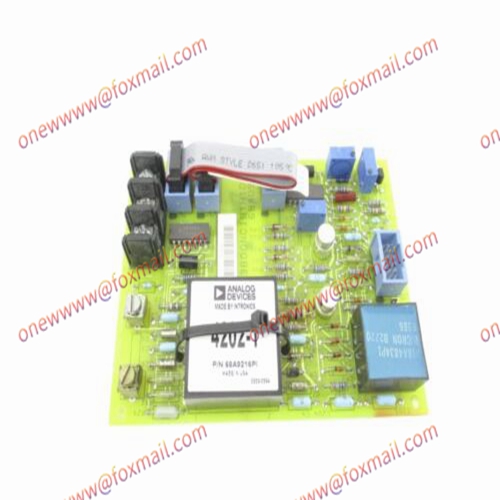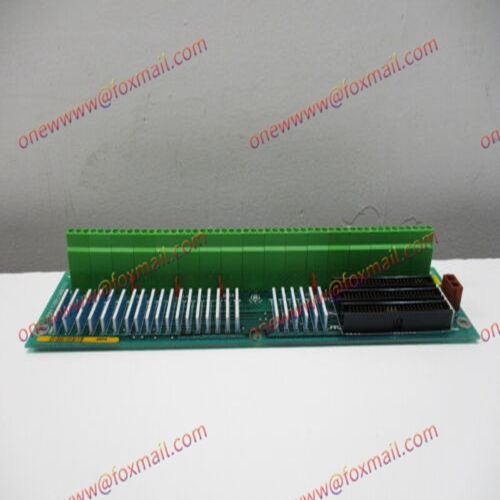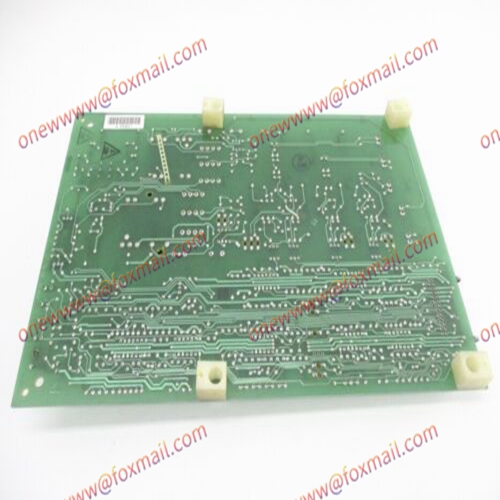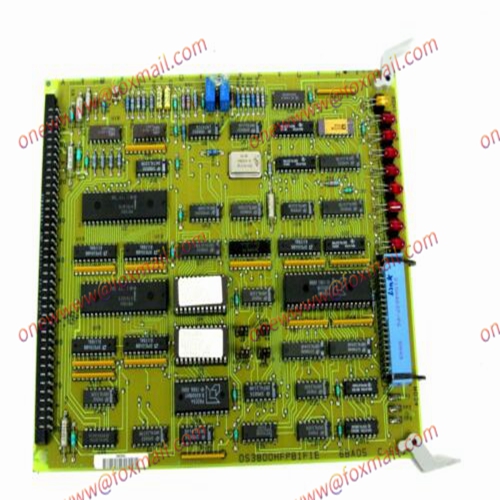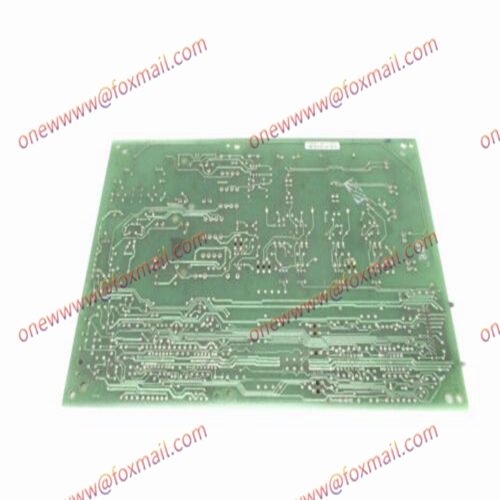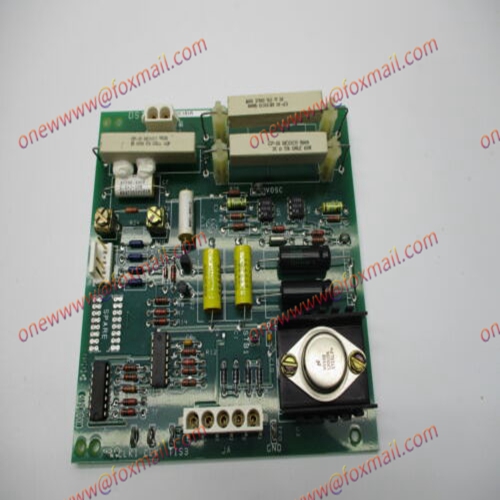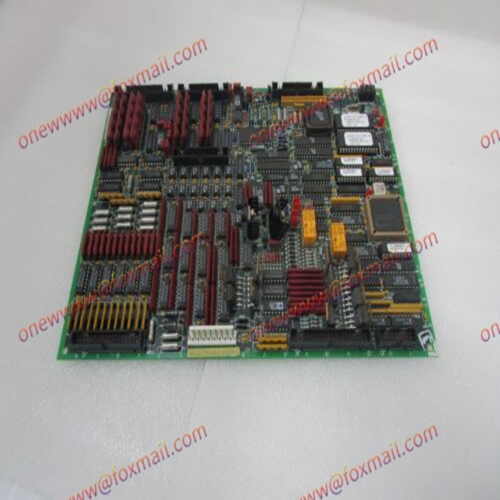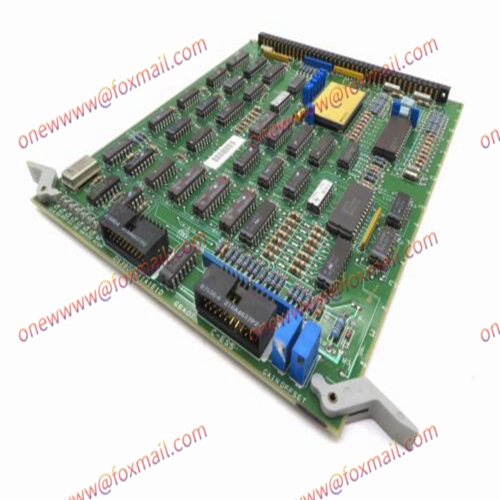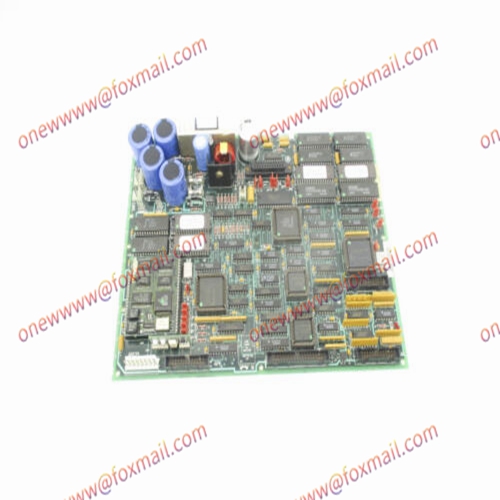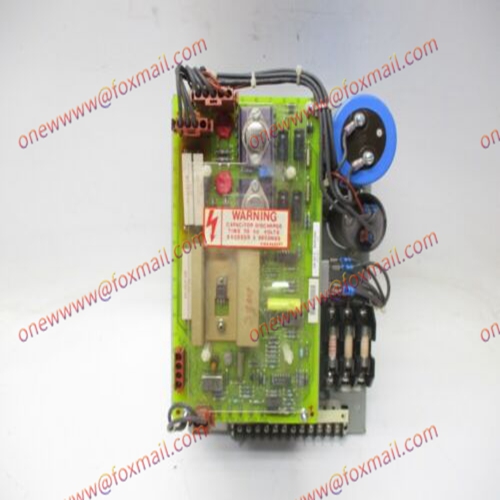GE DS3800HPTJ1 processor module
GE DS3800HPTJ1 is a processor module used for data processing, algorithm execution, and system management in industrial control systems. The following are some of the main features and functions of this module:
High performance processing power: DS3800HPTJ1 has powerful processing power, which can process large amounts of data and execute complex algorithms. It can collect, process, and analyze data from various subsystems in real-time, and perform corresponding operations and controls based on preset logic and algorithms.
Real time control: This module supports real-time control and can respond to system changes and instructions with extremely low latency. It can quickly update the status and execute control logic to achieve high-precision and high reliability control.
Data communication and networking capabilities: The DS3800HPTJ1 supports multiple communication interfaces and protocols, allowing for data exchange and communication with other devices and systems. It can share data and remotely control with upper level monitoring systems, SCADA (Supervisory Control And Data Acquisition) systems, etc.
Programmability: This module has flexible programmability, allowing for customization and configuration of its functionality and behavior through programming. Users can set parameters, logic programming and adjust algorithms according to specific application requirements to meet specific control requirements.
Reliability and stability: The DS3800HPTJ1 adopts reliable hardware and design, with good stability and anti-interference ability. It can operate stably for a long time in industrial environments and meet strict reliability requirements.
System management function: This module also has system management functions, including fault detection, system diagnosis, and status monitoring. It can monitor the operational status of the system and provide corresponding alarm and fault diagnosis information to assist operators in timely maintenance and repair.

